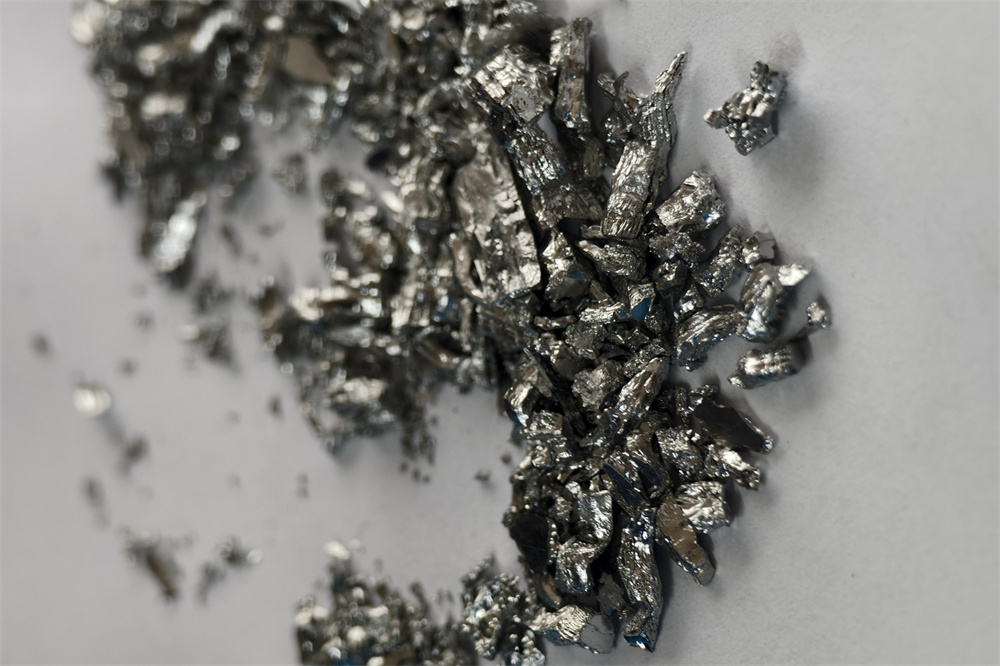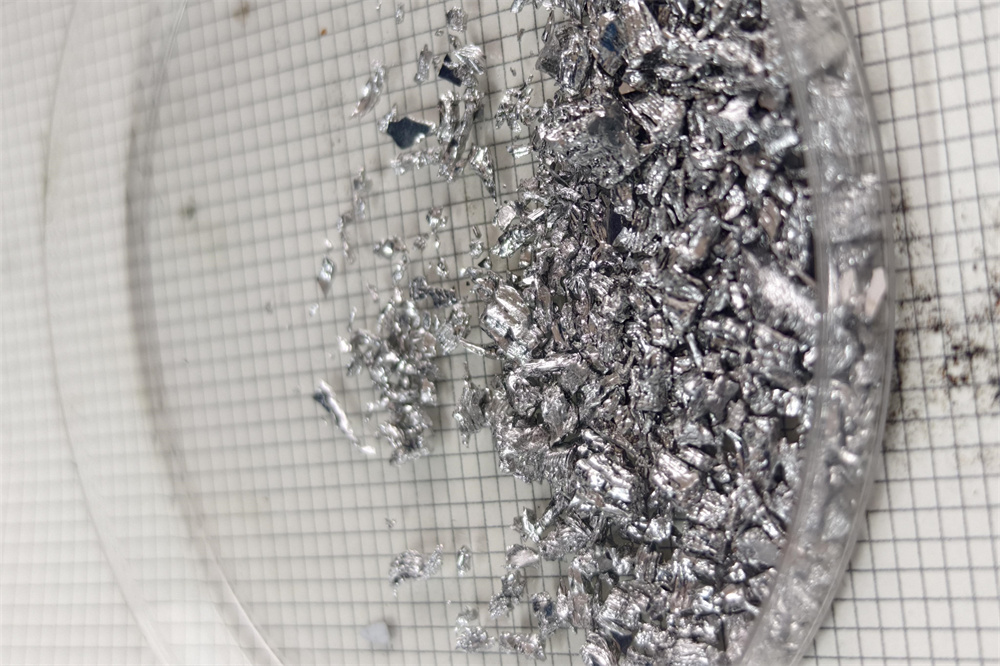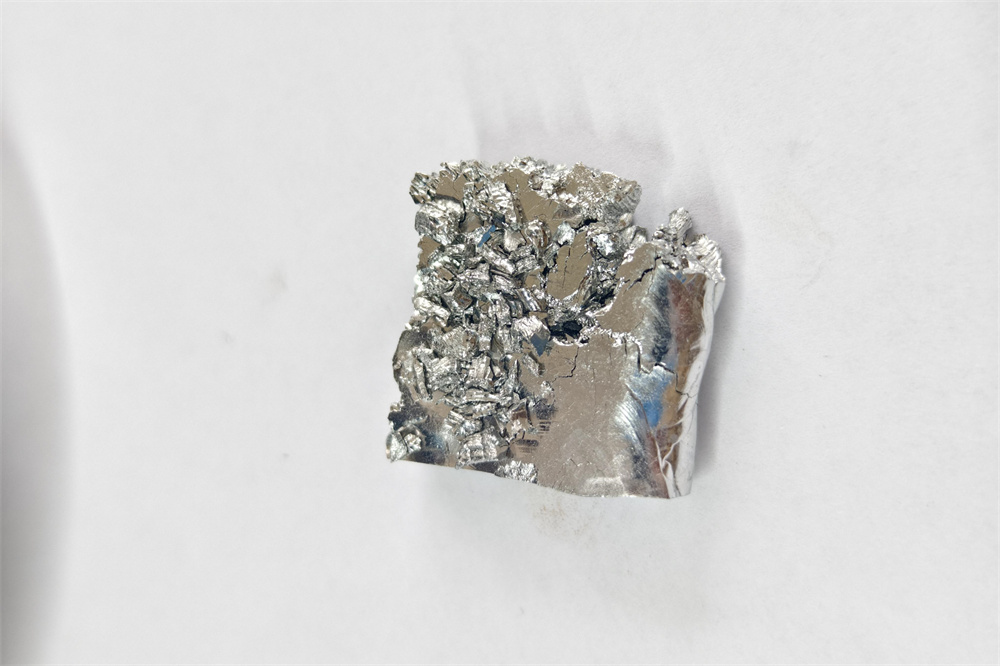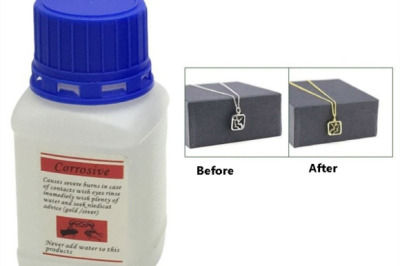The most commonly used recycling method for ruthenium
Hello, Dear friends, today let's talk about a topic that is both mysterious and full of opportunities - the recycling method of ruthenium and its market situation. In this era of increasingly precious resources, ruthenium, as a rare and priceless metal, its recycling and reuse are not only related to economic benefits, but also to respect and protect the earth's resources.
Firstly, let's focus on the recovery method of ruthenium. Among various recycling technologies, chemical leaching has become one of the most commonly used methods for ruthenium recovery due to its high efficiency and flexibility. The secret of this method is that through carefully selected chemical reagents, we can "extract" ruthenium from complex waste materials, achieving effective separation and purification of resources.

Specifically, the implementation steps of chemical leaching method are as follows: Firstly, we need to pretreat the waste containing ruthenium, such as crushing or grinding, to ensure that the ruthenium particles are fully exposed for subsequent chemical reactions. Next, strong acids (such as hydrochloric acid, nitric acid, etc.) are used to treat the waste. The purpose of this step is to convert ruthenium into a soluble ionic form, laying the foundation for subsequent separation. The selection of chemical reagents and control of reaction conditions are crucial in this process, as they directly determine the recovery rate and purity of ruthenium.

After completing the acid treatment, the next step is chemical reduction reaction. In this step, we will add an appropriate amount of reducing agent (such as sodium sulfite, hydrazine hydrate, etc.) to cause the ruthenium ions dissolved in the solution to undergo a reduction reaction, generating insoluble ruthenium precipitate. The key to this step lies in the selection of reducing agents and optimization of reaction conditions to ensure efficient precipitation of ruthenium and reduce interference from impurities.

Finally, through steps such as filtration, washing, and high-temperature sintering, we can obtain ruthenium metal with higher purity. High temperature sintering can not only remove residual impurities, but also improve the density and hardness of ruthenium metal, making it more suitable for various high-end application fields.
After discussing the recycling methods, let's talk about the recycling market of ruthenium. Today, the recycling price of ruthenium has risen to around 85 yuan per gram, which not only reflects the rarity and market demand of ruthenium, but also indicates the huge potential of the ruthenium recycling industry. For those friends who hold ruthenium waste in their hands, this is undoubtedly an opportunity worth seizing. Through professional recycling channels, you can convert the ruthenium waste in your hands into tangible wealth, while also contributing to the recycling of resources and environmental protection.






